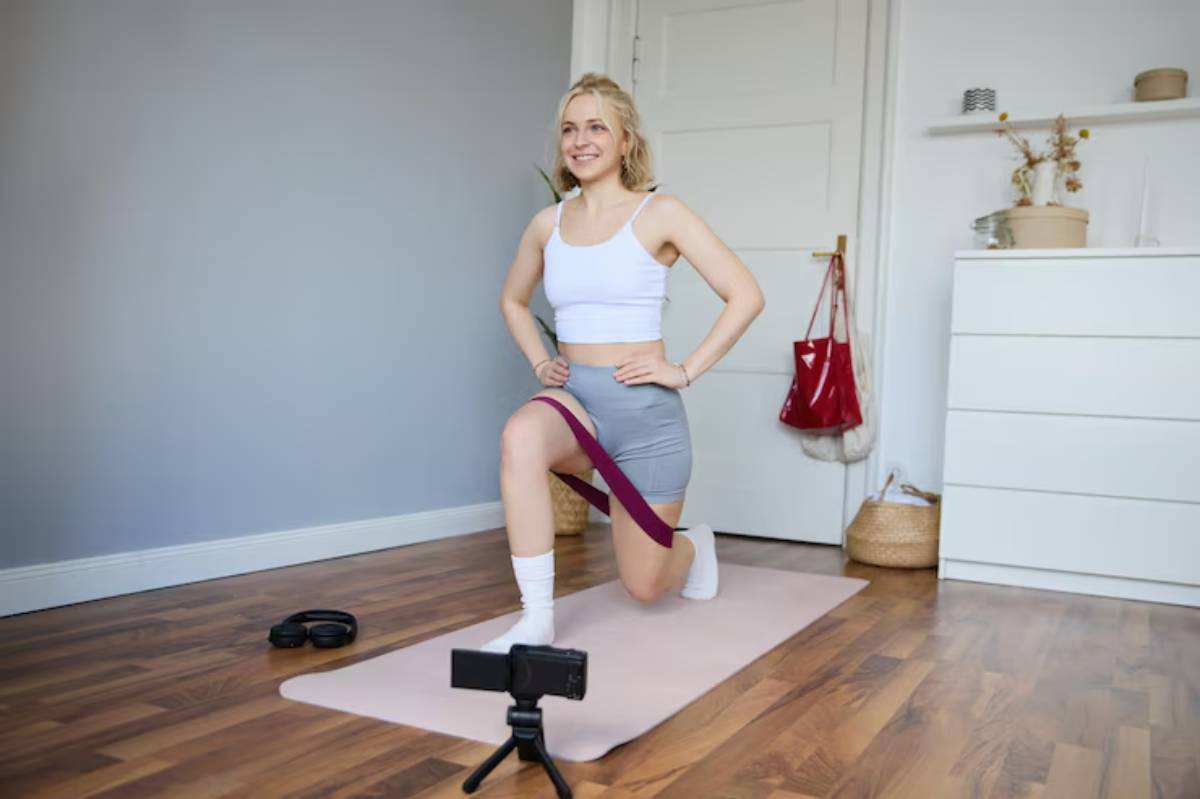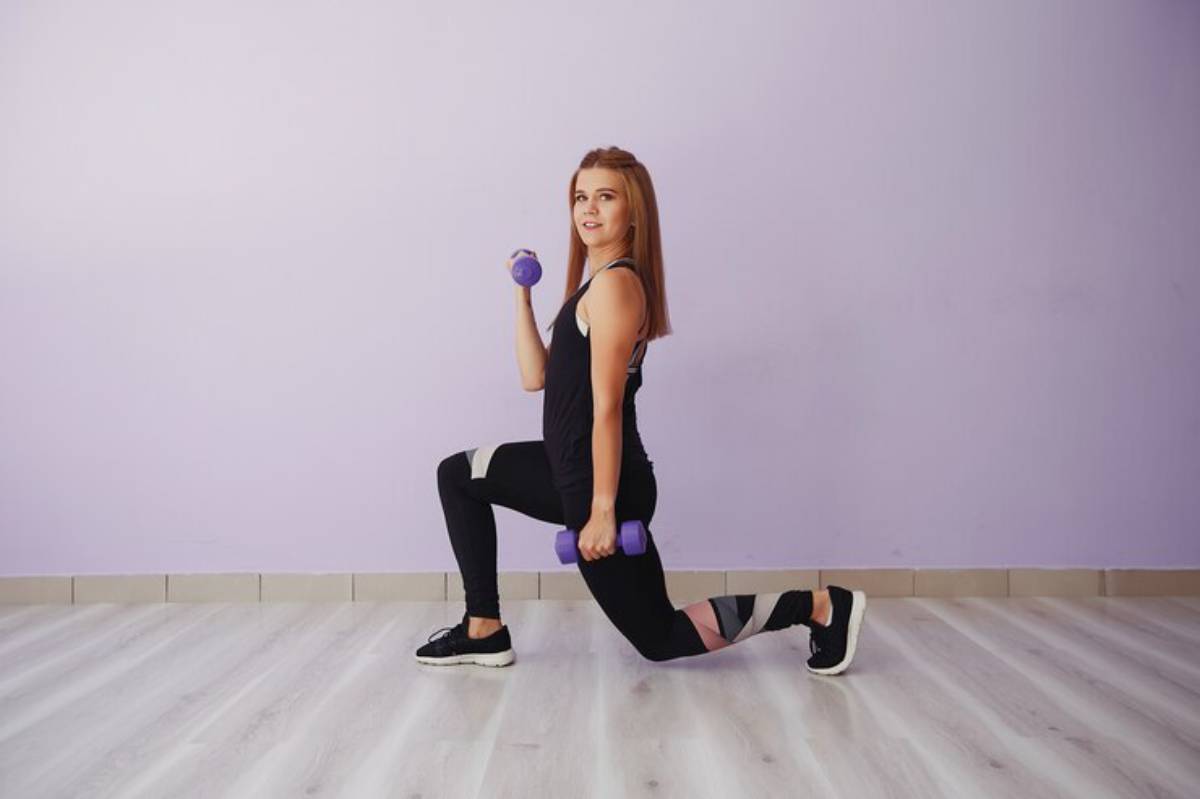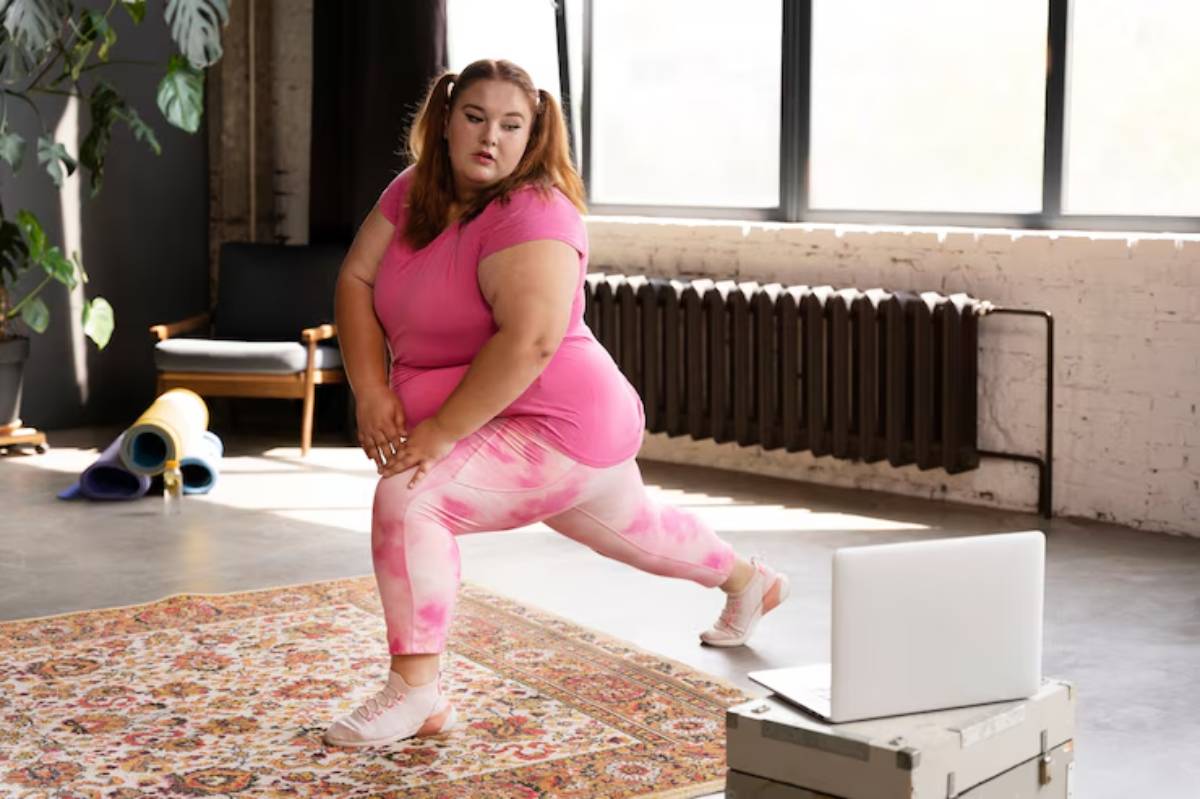
How to Adjust Your Plan for Menstrual Cycle Phases
Every woman’s body is different, but the monthly menstrual cycle follows a general hormonal rhythm. This cycle can have a significant effect on your energy, recovery, and strength. Ignoring it can lead to inconsistent performance, plateaus, or burnout. Understanding it can help you unlock your full training potential.
Most cycles last around 28 days and are divided into four phases:
- Menstrual Phase (Day 1–5): Low hormone levels. Energy may be reduced.
- Follicular Phase (Day 6–13): Rising oestrogen. Great for strength and endurance.
- Ovulatory Phase (Day 14–16): Hormone peak. Max power potential.
- Luteal Phase (Day 17–28): Rising progesterone. Possible fatigue and mood swings.
Matching your workouts to these phases can help you train smarter, not harder.
Menstrual Phase: Take It Easy, but Keep Moving
This is when your period starts. Oestrogen and progesterone are at their lowest, which may leave you feeling tired, crampy, or low on motivation.
What to Focus On
- Gentle movement: walking, stretching, light cardio
- Mobility and recovery: foam rolling, yoga
- Optional strength: lower-intensity weights if you feel up to it
Listen to your body. If you feel like skipping the gym, that’s okay. But some movement can reduce cramps and improve mood.
Follicular Phase: Time to Push Hard
Your energy is rising thanks to increasing oestrogen. This is the phase to schedule your most challenging workouts.
Training Priorities
- Heavy strength training: lifts like squats, deadlifts, and presses
- High-intensity intervals
- Skill-based or explosive work
You’ll recover faster and feel stronger here. It’s also a great time to try new movements or increase weight.
In fact, if you’re starting a new structured routine, this is the perfect window to try something progressive, like the 12-week muscle gain program for women that’s built for growth.
Ovulation: Peak Power Window

Ovulation often brings a surge in strength and confidence. Oestrogen is high, and your motivation might peak.
Best Training Options
- Maximal strength: personal bests, low-rep sets
- Plyometrics and agility drills
- Group or competitive classes
Increased ligament laxity during ovulation can raise injury risk. Make sure your warm-ups are thorough, and keep your form tight.
Luteal Phase: Adjust for Recovery and Mood
As progesterone rises, you may feel bloated, fatigued, or irritable. Performance can dip, and motivation might fluctuate.
What Works Best
- Moderate weights with more reps (lower intensity)
- Circuit or steady-state training
- Mind-body connection work: Pilates, low-impact workouts
You don’t need to stop training. Just dial it back. If you find you’re hitting a wall in progress, this is a good time to evaluate your training phases and adapt volume accordingly.
Customising Your Schedule: Real-Life Examples
Let’s say you train four times a week. Here’s how your month could look:
Week 1 (Menstrual)
- Day 1: Rest or gentle yoga
- Day 2: Light dumbbell full-body workout
- Day 3: Rest
- Day 4: Mobility work
Week 2 (Follicular)
- Day 1: Heavy squats and presses
- Day 2: HIIT circuit
- Day 3: Deadlifts and core
- Day 4: Explosive conditioning
Week 3 (Ovulation)
- Day 1: Test 1RM (one-rep max)
- Day 2: Group training or fun challenge
- Day 3: Strength & speed work
- Day 4: Recovery or yoga
Week 4 (Luteal)
- Day 1: Moderate-weight full body circuit
- Day 2: Pilates
- Day 3: Resistance bands + cardio
- Day 4: Rest or walk
Key Benefits of Cycle-Based Training

- Improved recovery and results by matching effort with your body’s rhythms
- Lower risk of burnout or overtraining
- Better hormonal support for strength and lean muscle
- More sustainable motivation when you’re not forcing workouts that don’t fit
Tracking your cycle is the first step. Apps like Clue or MyFlo can help you log your cycle and symptoms, making it easier to plan sessions accordingly.
When Your Cycle Isn’t Regular
Not all women have a predictable cycle. PCOS, hormonal birth control, or stress can all influence regularity. If this applies to you:
- Base your plan on symptom awareness rather than dates
- Focus on weekly periodisation rather than hormonal timing
- Ensure your training supports stress resilience and energy regulation
And remember: consistency and recovery are still more important than perfect timing.
Train Smarter, Not Harder
Your menstrual cycle isn’t a setback—it’s a strategy. Learning how to align your workouts with your hormones puts you back in charge of your energy, strength, and well-being.
Instead of battling your body, work with it.
Start with observation. Then experiment. You’ll likely find that syncing your training with your cycle is the upgrade your strength routine didn’t know it needed.


